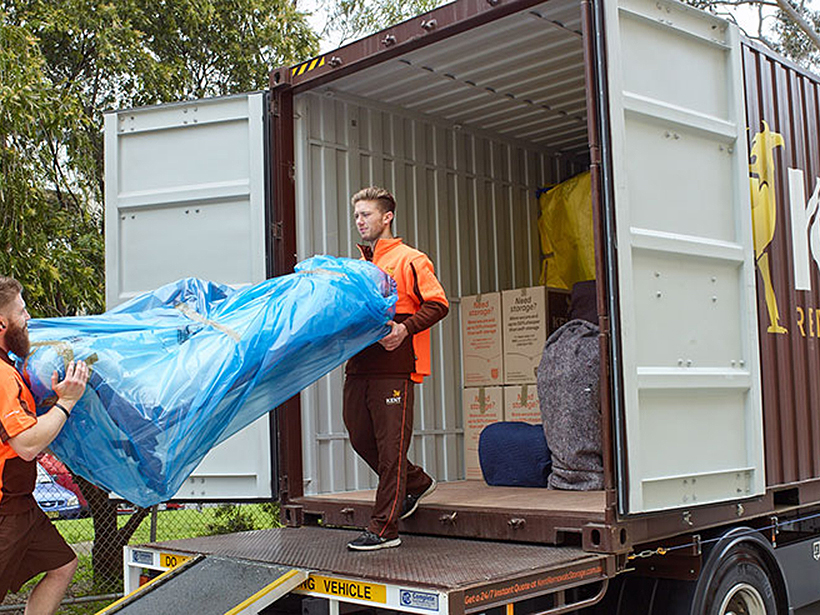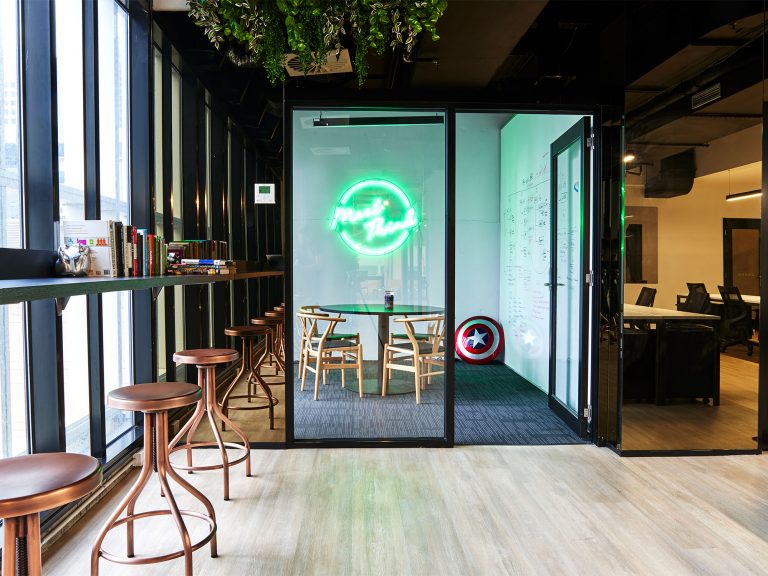Tips for your commercial property move

If you thought moving house was an experience you never want to endure again, try relocating an office or other commercial property.
With furniture, electronics and other equipment for potentially dozens of employees (or more), as well as trying to run your business while you move, relocating a business presents logistical challenges unlike anything you’ve experienced before.
But it doesn’t have to be the nightmare you’re expecting. With a little preparation and planning, a commercial property relocation can be a smooth and efficient process.
Here are a few measures you can take both before and during the relocation to ensure it’s as painless as possible.
Let everyone know
Don’t spring the move on stakeholders at the last minute. Once you’ve locked in the move, put together a communications plan to keep everyone – employees, clients and vendors – informed throughout every step of the process.
Kent Removals and Storage spokesperson Sally Wood says employees like to feel secure in their position, so keeping them abreast of any news and their responsibilities during the move will ensure a stress-free staff, while letting customers know is equally important.
“Your customer base will be a little more understanding if the pace of work slows down a little as moving day approaches,” Wood says.
“Plus, it can be a great marketing tool, particularly if you’re relocating to larger premises due to an expanding team.”
Make a list, check it twice
Relocating the contents of a commercial property isn’t something that can just happen on the day. It requires careful planning and meticulous project management.
Wood says it’s critical to create a checklist early on, so that everything is in readiness on the big day.
“A detailed checklist is the best way to divide responsibilities between employees and ensure that everything that needs to be done, gets done,” she says.
Compile a floor plan
Shifting into a new commercial premises isn’t like moving into a residential property – it’s not simply a matter of walking in and saying, “Put that here, set that up there”.
Everything should be planned out and accounted for before you arrive at the new property on moving day.
“Ask the landlord to supply you with building plans or a floorplan. Armed with this, you can create your very own office floorplan, complete with annotations as to where your individual employees are going to sit,” Wood says.
“You can then supply your annotated floorplan to your removals company, so that they can ensure all the furniture and moving boxes are placed in the correct positions come moving day.”
Change your details
Don’t wait until after the move to update your address and new contact details with Australia Post, the ATO and your utility providers, or you’ll be chasing mail from your former address for weeks or even months.
And all that corporate stationery you’ve got is now useless if it’s got the old business address and contact details on it, so you’ll need to order some more.
Budget, budget, budget
Wood says businesses will often receive a shock when they tally up the final cost of their move. But it’s possible to keep costs down if you create a budget and calculate all of the potential expenses early, so there are no nasty surprises later on.
“You’ll blow your moving budget pretty quickly if you don’t stay on top of expenses,” she says.
“Make sure you keep receipts so you can pass them on to the accountant when tax time rolls around.”
Choose your removalist
Moving a commercial property isn’t a cheap exercise, so companies you investigate should come to your site free of charge to provide a volume estimate and a quote.
Make sure the company is independently accredited, ask around about their track record with other moves, and check they’re offering a range of insurance options.







